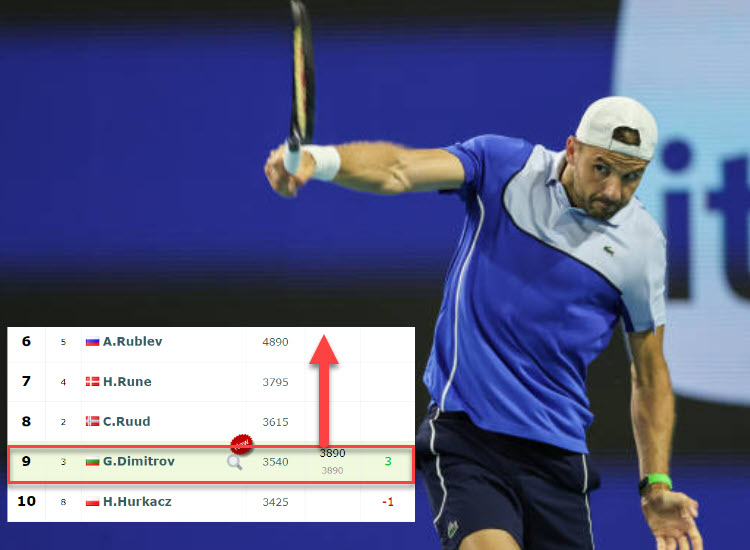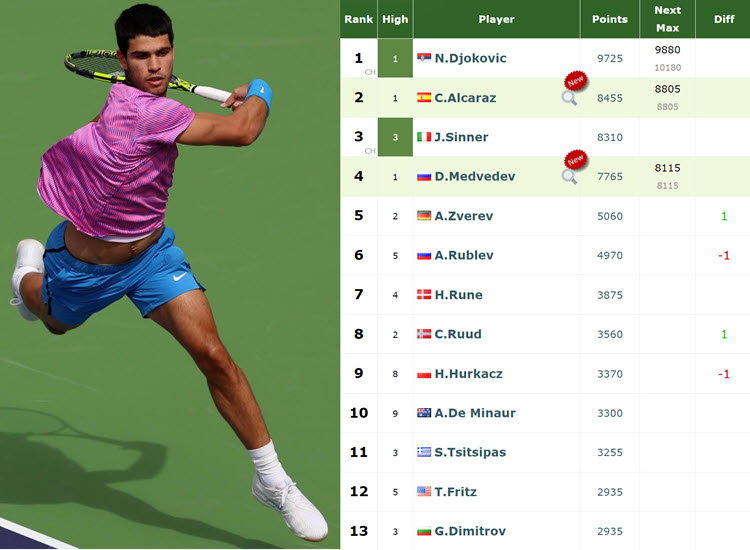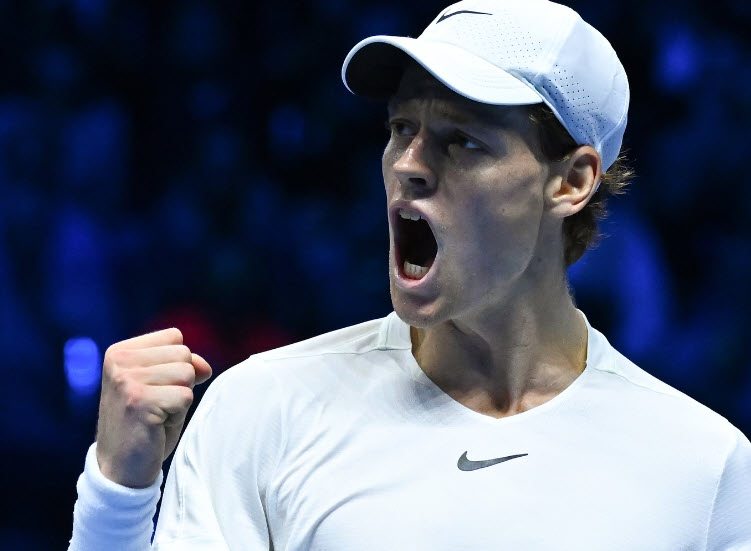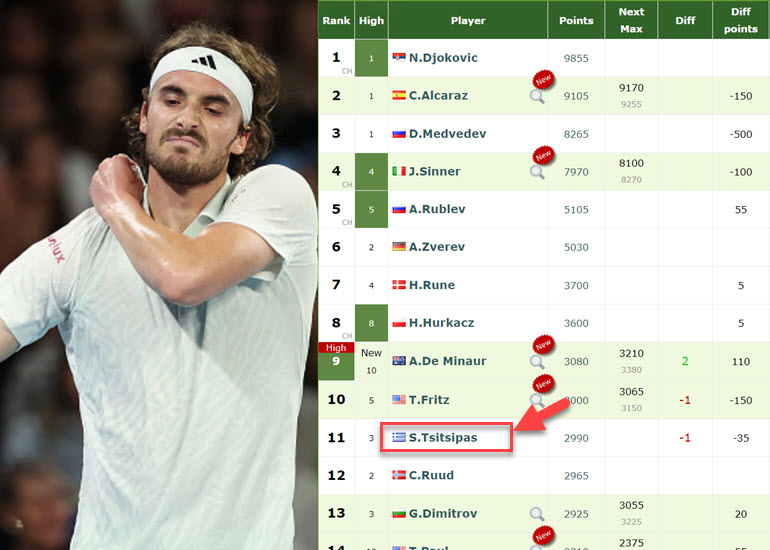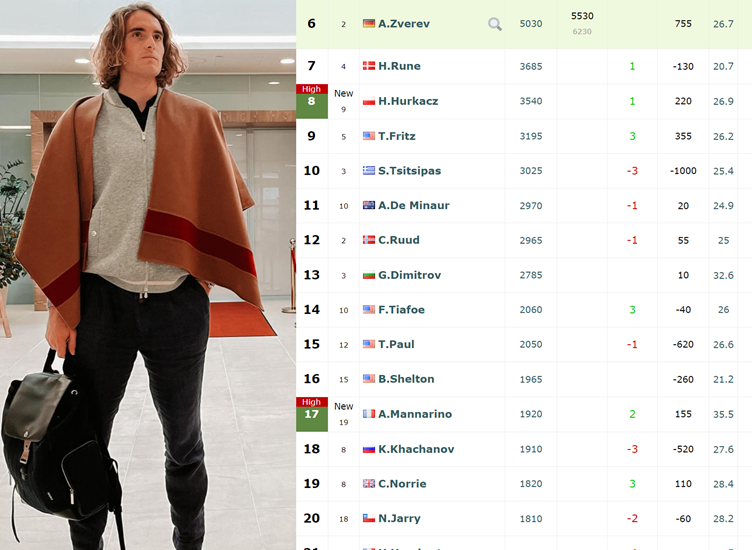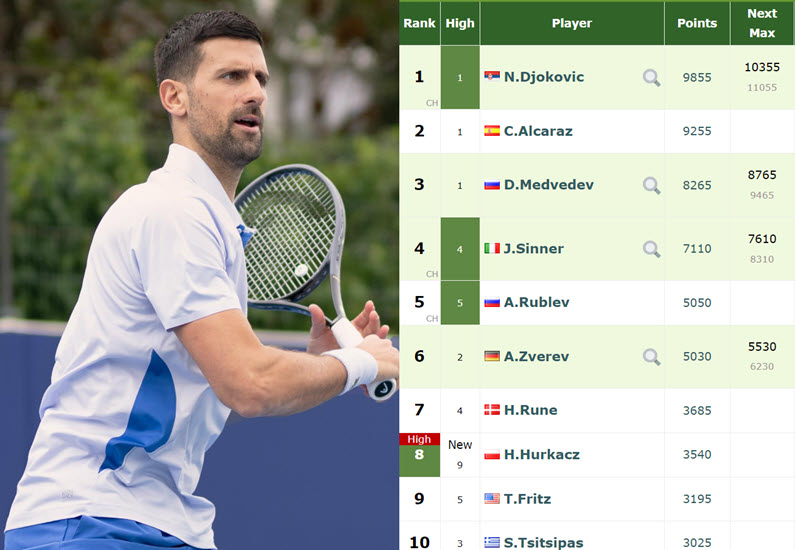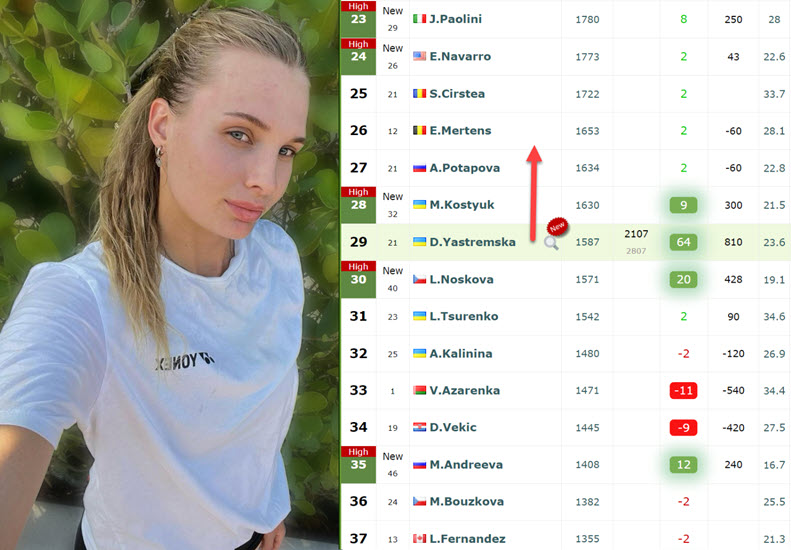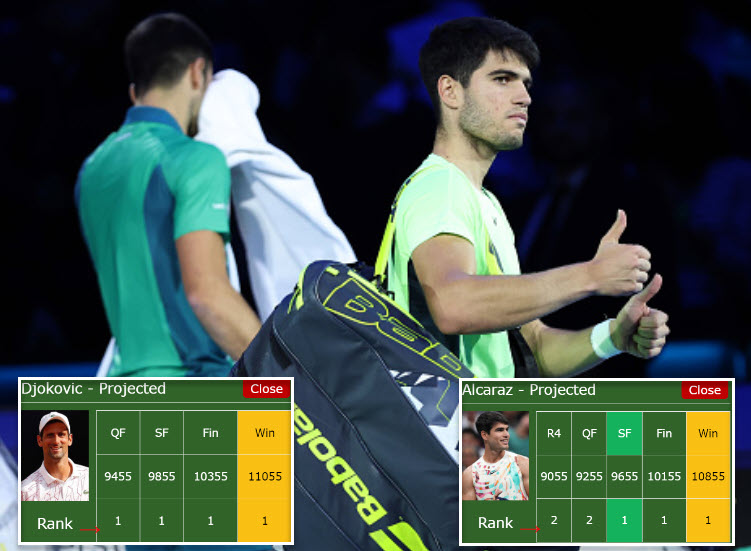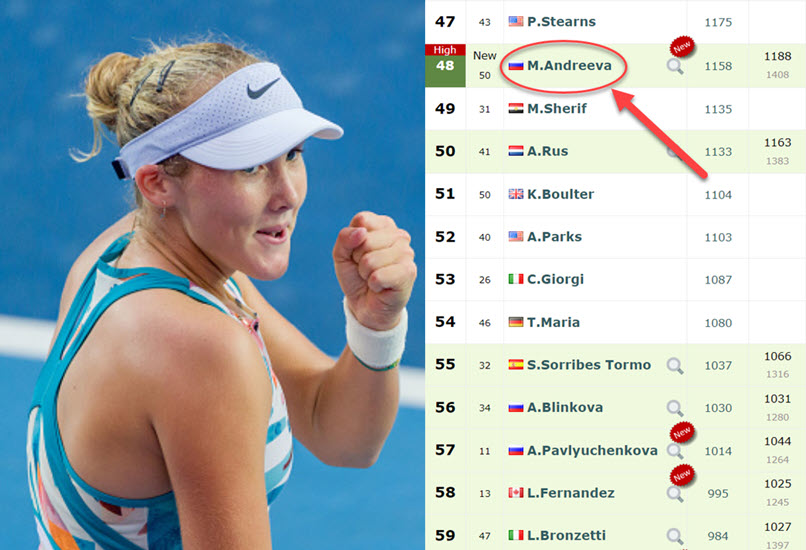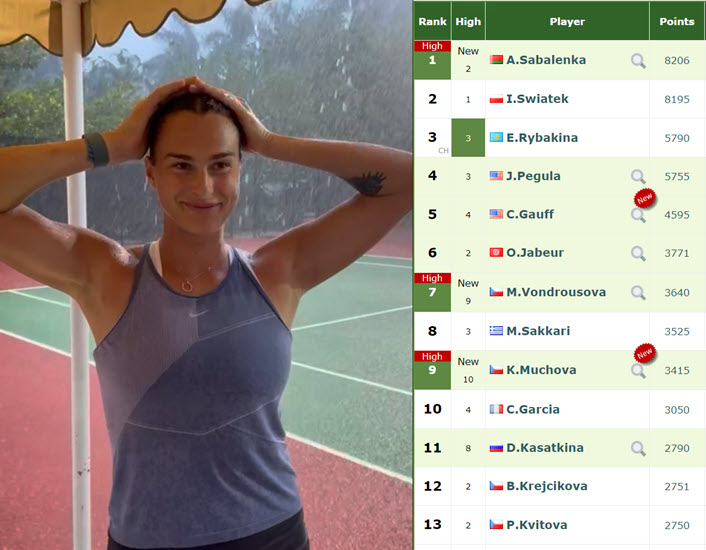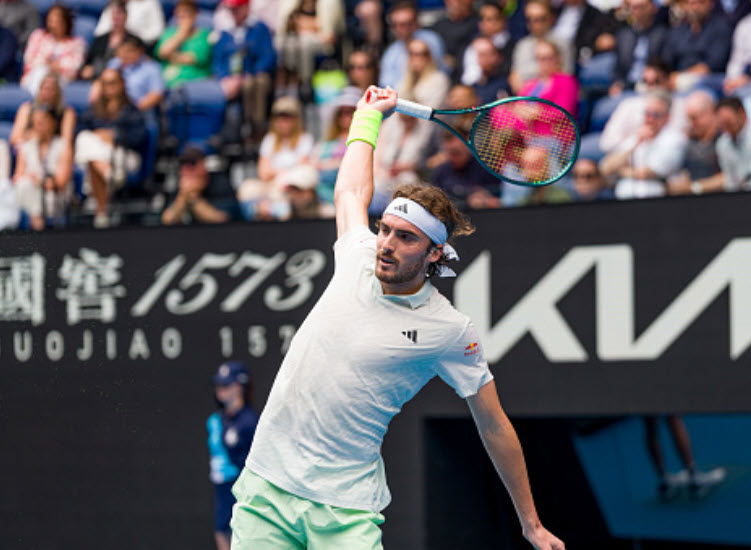
Since the inception of the ATP rankings in 1973, the one-handed backhand has been a hallmark of excellence in men’s tennis, championed by legends like Rod Laver, Ken Rosewall, John McEnroe, Boris Becker, Stefan Edberg, and more recently, Roger Federer and Stan Wawrinka. However, a notable shift is occurring as for the first time in history, no player with a one-handed backhand will be among the ATP’s top 10.
The absence of one-handed backhand players in the top echelons of the sport is not solely due to the current roster of players. While Stefanos Tsitsipas dropping out of the top 10 and Grigor Dimitrov’s recent defeat contribute to this change, the underlying reasons are multifaceted.
Advancements in racquet technology and string materials have revolutionized the game, allowing players to generate more spin and power than ever before. Additionally, the modern game has become increasingly physical, favoring the stability and consistency offered by the two-handed backhand, particularly on returns.
Despite the current absence of one-handed backhand players in the top 10, there remains room for optimism. Both Tsitsipas and Dimitrov, although currently outside the elite bracket, possess the talent and potential to reclaim their positions among the top-ranked players in the near future.
However, the dominance of the two-handed backhand signifies a broader trend in men’s tennis. While the elegant style and finesse associated with the one-handed backhand evoke nostalgia for past eras, its effectiveness in the contemporary game is being challenged.
HISTORY ALERT! 🚨
Per the ATP’s live rankings, this coming Monday there will be NO ONE-HANDED BACKHANDS IN THE TOP 10 FOR THE FIRST TIME IN ATP RANKINGS HISTORY. 👀
There’s been *at least* one in there every week since ATP rankings began in 1973—but that run will end on Monday:
— TENNIS (@Tennis) February 17, 2024
In an era where power and athleticism reign supreme, the one-handed backhand finds itself in a precarious position. While it’s tempting to envision icons like Federer or Edberg thriving in today’s tennis landscape, the reality is that the game has evolved, and with it, the demands placed on players.


